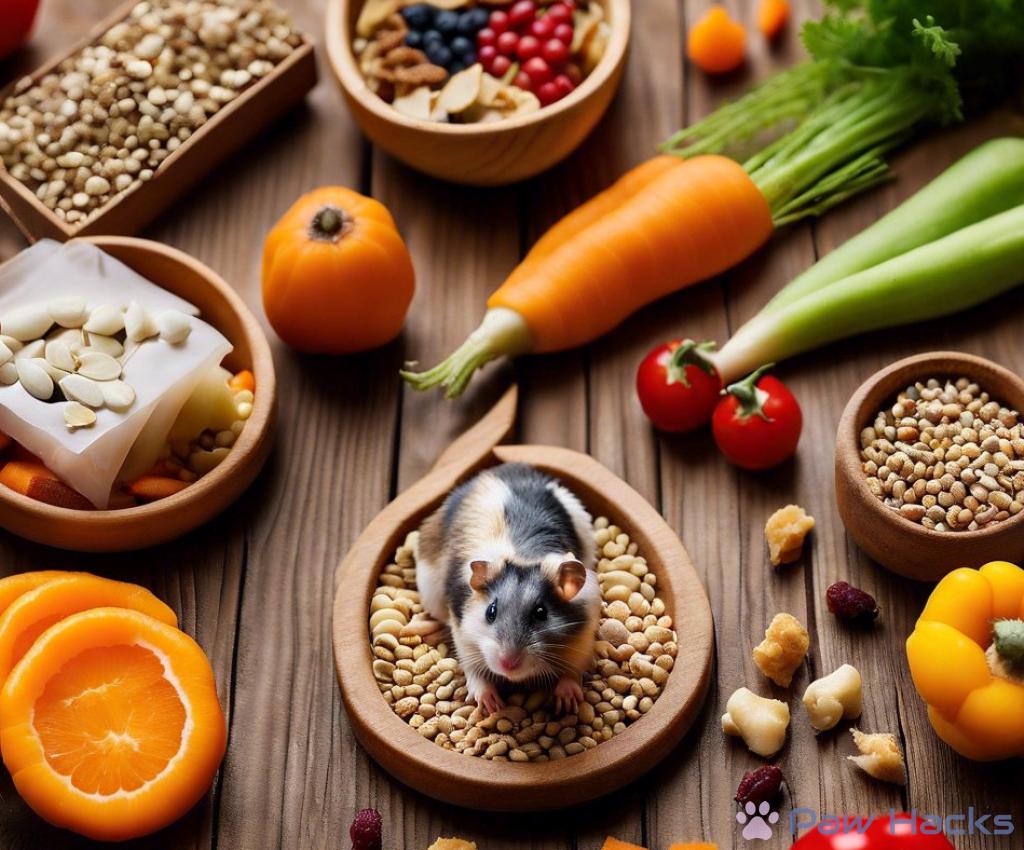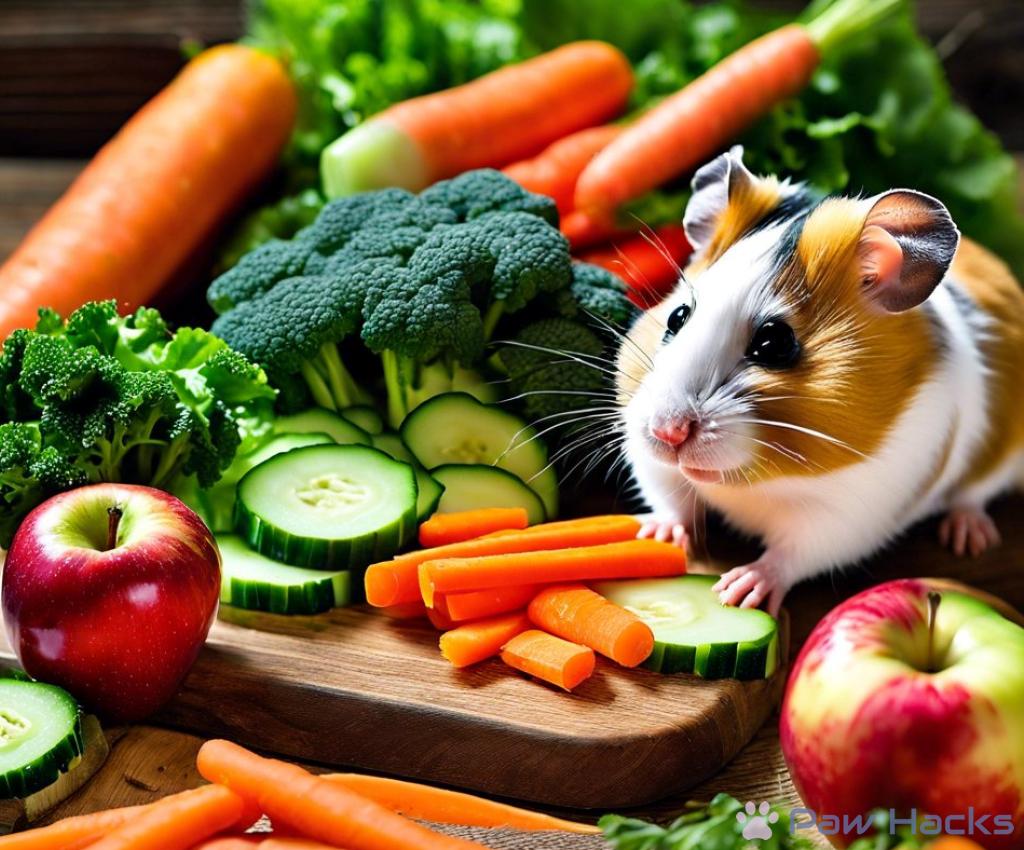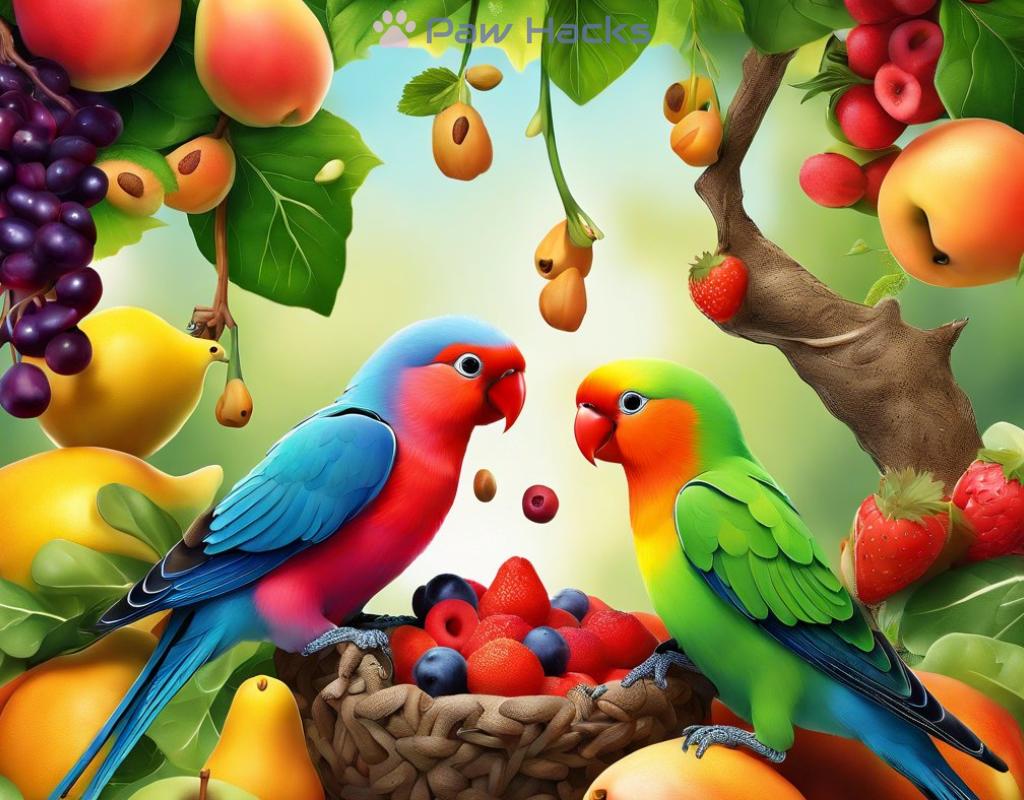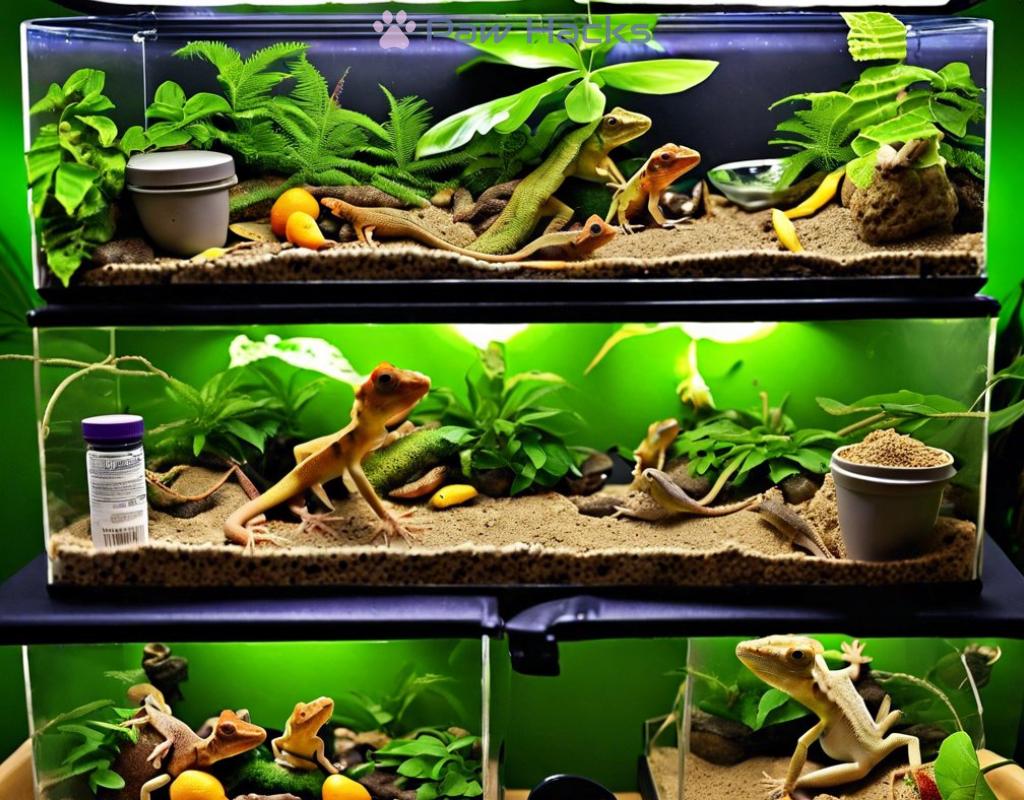Best Foods for Hamster Cheek Pouches
Top Nutritious Treats for Your Hamster’s Cheek Pouches

Hamsters are adorable little creatures, and one of their most endearing features is their cheek pouches. These pouches help them store food for later, allowing them to munch on their favorite snacks at their leisure. However, not all treats are created equal. Choosing the right foods can make a significant difference in your hamster’s health and happiness. Let’s dive into some of the best options available!
When it comes to selecting nutritious treats, it’s essential to find a balance between taste and health benefits. Here’s a list of some of the most nutritious treats that are perfect for filling your hamster’s cheek pouches:
- Fresh Vegetables: Carrots, cucumber, and bell peppers are great options.
- Fruits: Small pieces of apple, banana, and blueberries can be delightful.
- Nuts: Unsalted almonds and walnuts are excellent sources of healthy fats.
- Seeds: Pumpkin seeds and sunflower seeds can provide essential nutrients.
- Commercial Treats: Look for high-quality hamster treats available in pet stores.
To help you understand the nutritional value of some popular treats, here is a helpful comparison:
| Treat | Calories | Protein (g) | Fat (g) | Fiber (g) |
|---|---|---|---|---|
| Carrot (1 medium) | 25 | 0.6 | 0.1 | 1.4 |
| Apple (1 slice) | 15 | 0.1 | 0.1 | 0.3 |
| Almond (1 nut) | 7 | 0.3 | 0.6 | 0.4 |
| Sunflower Seed (1 seed) | 6 | 0.3 | 0.5 | 0.2 |
Feeding your hamster a variety of these treats will not only satisfy their taste buds but also ensure they receive a healthy diet.
Safe Fruits and Vegetables That Delight Hamsters

Hamsters are not just delightful companions; they are also quite the gourmets when it comes to their diet. Understanding what fruits and vegetables are safe for them is crucial for their overall well-being. Providing your furry friend with a variety of these foods can not only keep their cheek pouches filled but also contribute to a balanced diet. Here’s a closer look at some of the best options you can offer.
When it comes to vegetables, the vibrant colors often indicate high nutritional value. For instance, carrots are not only sweet and crunchy but also packed with beta carotene. Bell peppers are another colorful choice, offering a rich source of vitamin C. These veggies are not only safe but can also be a fun treat for your hamster to nibble on. Remember, always chop vegetables into small, manageable pieces to make it easier for your little friend to enjoy them.
The sweetness of fruits can be incredibly enticing for hamsters. However, moderation is key! Fruits like apples and blueberries can be excellent choices, providing essential vitamins and antioxidants. Just be sure to remove any seeds, as they can be harmful. A small piece of banana can also be a delightful occasional treat, but due to its high sugar content, it should be given sparingly. These fruity delights not only fill their cheek pouches but also satisfy their natural foraging instincts.
Incorporating a mix of these safe fruits and vegetables into your hamster’s diet can lead to a healthier and happier pet. Ensuring that your hamster enjoys a variety of treats helps to keep them engaged and excited during feeding time. Always remember to introduce new foods gradually to monitor how they affect your pet’s digestive system.
The Ultimate Guide to Seeds and Grains for Cheek Storage
Seeds and grains are not just tasty treats for hamsters; they serve as essential components in their diets. These tiny powerhouses are packed with nutrients that can be stored in your pet’s cheek pouches for later munching, providing both physical and mental stimulation. The act of foraging for these snacks can keep your hamster engaged and satisfied, making it crucial to select the right varieties. When chosen wisely, seeds and grains can promote optimal health and happiness in your furry friend.
When considering seeds and grains for your hamster, it’s important to pay attention to their nutritional content. Some seeds are rich in healthy fats, while others are a great source of protein and fiber, contributing to a balanced diet. For example, oats are an excellent source of fiber, helping to maintain digestive health, while barley can offer a hearty snack filled with essential vitamins. It’s advisable to introduce these foods gradually into your pet’s diet, observing how they respond to different types.
Not all seeds are suitable for hamsters. Avoid offering seeds that are salted or flavored, as they can lead to health issues. Instead, opt for natural varieties like flax seeds, which are rich in omega-3 fatty acids, or chia seeds, known for their antioxidant properties. These seeds not only provide health benefits but also add variety to your hamster’s diet.
To better understand how different seeds and grains compare nutritionally, consider the following table:
| Seed/Grain | Calories (per 100g) | Protein (g) | Fat (g) | Fiber (g) |
|---|---|---|---|---|
| Oats | 389 | 16.9 | 6.9 | 10.6 |
| Chia Seeds | 486 | 16.5 | 30.7 | 34.4 |
| Flax Seeds | 534 | 18.3 | 42.2 | 27.3 |
| Sunflower Seeds | 584 | 20.8 | 51.5 | 8.6 |
This comparison highlights the varying nutritional profiles, allowing you to tailor your hamster’s diet according to their specific needs. Remember, moderation is key; while seeds and grains are nutritious, they should complement a well-rounded diet that includes fresh vegetables and occasional fruits.
Homemade Snacks: Wholesome Recipes for Happy Hamsters
Creating homemade snacks for your hamster can be a delightful experience, offering a chance to bond with your furry friend while ensuring they receive wholesome nutrition. By making snacks at home, you have complete control over the ingredients, allowing you to craft treats that are both tasty and healthy. Here are some innovative recipes that will not only fill those cheek pouches but also keep your hamster happy and satisfied.
Homemade snacks can be an excellent alternative to commercial treats. They often contain fewer preservatives and additives, ensuring your hamster gets the best. Here are a couple of easy recipes you can try:
- Oat and Banana Chews: Combine mashed banana with rolled oats and shape the mixture into small balls. Bake at a low temperature until firm. These are not only delicious but also provide a good source of fiber.
- Vegetable Medley Bites: Finely chop your hamster’s favorite vegetables, such as carrots and bell peppers. Mix with a small amount of whole grain flour and a bit of water to form a dough. Bake until crispy for a crunchy, nutritious snack.
When preparing snacks, it’s essential to consider the storage aspect as well. Hamsters love to stash away their treats, so consider making snacks that are easy to store in their cheek pouches. Here’s a recipe that’s perfect for this:
- Seed and Nut Clusters: Mix together unsalted nuts, seeds, and a touch of honey or molasses. Press the mixture into small molds and let it set. Once hardened, these clusters can be broken into bite-sized pieces, making them perfect for your hamster to store away for later munching.
These homemade snacks are not only fun to make but also provide great nutritional value for your hamster. Remember to introduce new treats gradually into your pet’s diet to avoid any digestive issues. With a little creativity in the kitchen, you can ensure that your hamster enjoys a variety of tasty and healthy snacks that keep them engaged and excited!
Avoiding Harmful Foods: What Not to Feed Your Hamster
As a responsible hamster owner, one of your primary concerns should be ensuring that your furry friend enjoys a diet that promotes health and longevity. While it’s essential to know what nutritious treats to offer, it’s equally important to understand which foods can be detrimental to your hamster’s well-being. Many seemingly harmless foods can lead to serious health issues, so let’s explore the harmful options you must avoid.
Many common foods that humans consume can be toxic or harmful to hamsters. For instance, chocolate and caffeine are two substances that are extremely dangerous for your little pet. These ingredients can lead to serious health complications, including heart problems and even death. Additionally, foods high in sugar, such as candy or sweets, should be strictly avoided, as they can cause obesity and diabetes.
While fruits and vegetables are vital components of a hamster’s diet, not all are safe. For example, grapes and raisins are known to be toxic to hamsters, potentially causing kidney failure. Furthermore, onions and garlic can lead to anemia in your pet, while avocado is also harmful due to its high-fat content and potential toxicity. Always ensure that you research any new fruits or vegetables before introducing them to your hamster’s diet.
Many commercial hamster treats available in pet stores can be misleading. While they may appear appealing, they often contain harmful additives like artificial sweeteners or preservatives. Ingredients such as corn syrup and high-fructose corn syrup can be particularly damaging, leading to obesity and various health issues in hamsters. Always read the labels carefully before selecting any commercial treats for your pet.
| Food Type | Harmful Effects |
|---|---|
| Chocolate | Toxic, can cause heart problems |
| Caffeine | Toxic, can lead to hyperactivity and heart issues |
| Grapes | Toxic, may cause kidney failure |
| Onions | Toxic, can lead to anemia |
| Commercial Treats | Often contain harmful additives |
In summary, while it’s tempting to share your favorite snacks with your hamster, it’s crucial to be aware of the foods that can be harmful. By avoiding these detrimental options, you can ensure that your furry friend stays happy and healthy, with cheek pouches filled with safe and nutritious treats.
Share this content:



